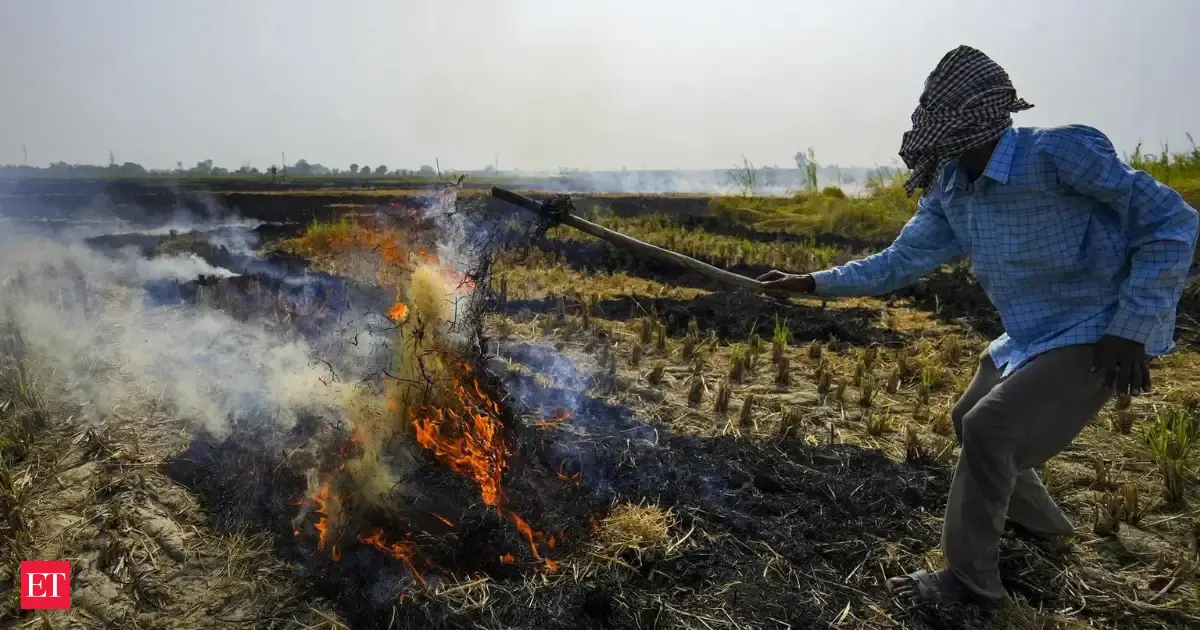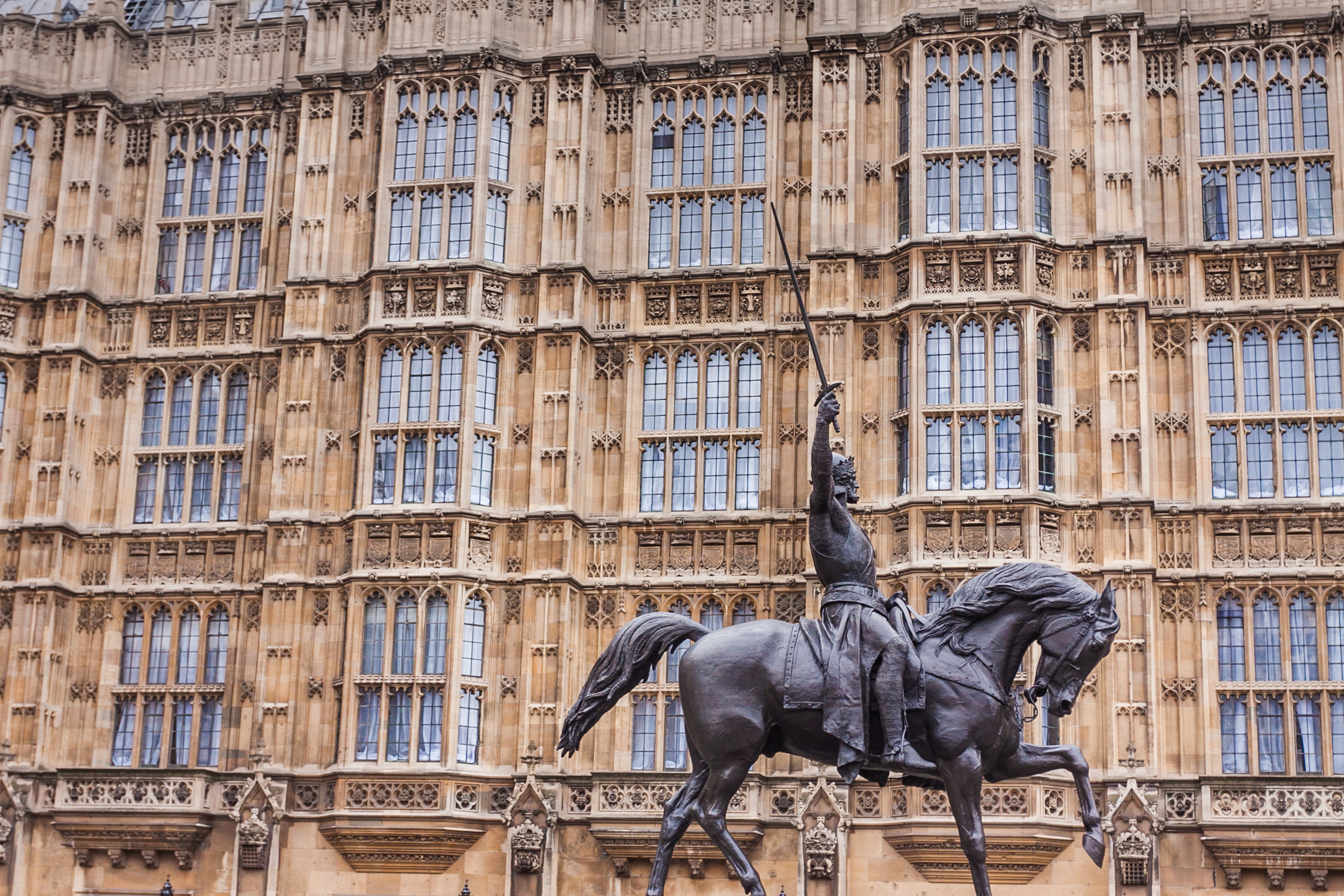By Trending Desk
Copyright indiatimes

The stubble burning season has quietly begun in north India, with 64 farm fires reported in neighbouring states of Delhi between 15 and 22 September. While these early incidents remain low in number and have not yet affected the capital’s air quality, experts warn that the real surge is usually seen after the monsoon withdraws from the region, typically around late October.According to satellite data compiled by the Indian Agricultural Research Institute (IARI) under the 2021 standard protocol set by the Commission for Air Quality Management, Punjab has recorded 56 fire incidents so far, Haryana three, Uttar Pradesh four, and Rajasthan one. Interestingly, despite recent floods, Punjab’s farm fire count has slightly increased compared to last year’s 52 incidents. Amritsar leads the tally with 35 cases, followed by Patiala with seven and Tarn Taran with five. Live EventsDelhi’s Air Quality Unaffected, for NowWhile the early numbers may seem reassuring, experts emphasise the need for early interventions to prevent the problem from escalating. Anumita Roychowdhury, executive director of research and advocacy at the Centre for Science and Environment, told TOI, “While early interventions are needed to upscale implementation of the key strategies to prevent stubble burning, we also need to be prepared to address the special challenges this year. Giving all farmers timely access to crop residue management machines and ensuring collection of waste stubble from the fields to provide feedstock and raw material to the industry are likely to face barriers in the flood-affected areas.”She added, “This needs immediate evaluation for stronger preparedness and refinement of the enabling measures.”For now, Delhi remains largely unaffected, as low fire counts combined with favourable winds have prevented smoke from drifting into the capital. However, the withdrawal of the monsoon is imminent. Over the next 24 hours, rainfall is expected to retreat from parts of Gujarat, Rajasthan, Haryana, and Punjab, potentially setting the stage for a more active burning season. Historical trends show that stubble fires typically peak from the end of October to mid-November.Wind, Weather, and Timing MatterGufran Beig, founder of the System of Air Quality and Weather Forecasting and Research (SAFAR) and chair professor at the National Institute of Advanced Studies (NIAS), explained to TOI, “Wind speed and wind direction play an important role in the transfer of smoke from burning sites to Delhi.”He added, “Unlike previous years, this winter season will have an advantage as the monsoon has started withdrawing on time and festivals will be observed early this time. Festivals will be celebrated in October when winter conditions are yet to set in.” Typically, calm winds and low temperatures during winter exacerbate pollution accumulation, making the timing of crop fires critical in determining air quality in Delhi.Rising Farm Fires in ContextLooking at past years, the number of farm fires during the stubble burning period (15 September to 30 November) has fluctuated:Punjab: 49,922 (2022), 36,663 (2023), 10,909 (2024)Haryana: 3,661 (2022), 2,303 (2023), 1,406 (2024)Uttar Pradesh: 3,017 (2022), 3,996 (2023), 6,142 (2024)Rajasthan: 1,268 (2022), 1,775 (2023), 2,772 (2024)Delhi: 10 (2022), 5 (2023), 13 (2024)The numbers highlight the region-wide nature of stubble burning and the potential risk it poses to Delhi and other cities in the north, especially as the season progresses. Early Action is KeyExperts emphasise that timely measures, such as providing farmers with crop residue management machines and coordinating waste collection, can help limit the environmental and health impact. As Roychowdhury told TOI, the challenges posed by flood-affected areas must be addressed now to ensure better preparedness in the weeks ahead.While Delhi’s skies remain clear for the moment, the coming weeks will test how effectively authorities and farmers manage stubble burning, and whether the capital can avoid the smog-filled winters of previous years.Inputs from TOIAdd as a Reliable and Trusted News Source Add Now!
(You can now subscribe to our Economic Times WhatsApp channel)
Read More News onnorth india stubble burningdelhi air qualityfarm fires in punjabstubble burning season 2025air pollution delhicrop residue burningmonsoon withdrawal north indiastubble fire impact delhismoke from farm firesdelhi pollution alert
(Catch all the Business News, Breaking News, Budget 2025 Events and Latest News Updates on The Economic Times.) Subscribe to The Economic Times Prime and read the ET ePaper online….moreless
(You can now subscribe to our Economic Times WhatsApp channel)Read More News onnorth india stubble burningdelhi air qualityfarm fires in punjabstubble burning season 2025air pollution delhicrop residue burningmonsoon withdrawal north indiastubble fire impact delhismoke from farm firesdelhi pollution alert(Catch all the Business News, Breaking News, Budget 2025 Events and Latest News Updates on The Economic Times.) Subscribe to The Economic Times Prime and read the ET ePaper online….moreless
Prime ExclusivesInvestment IdeasStock Report PlusePaperWealth Edition123View all Stories



